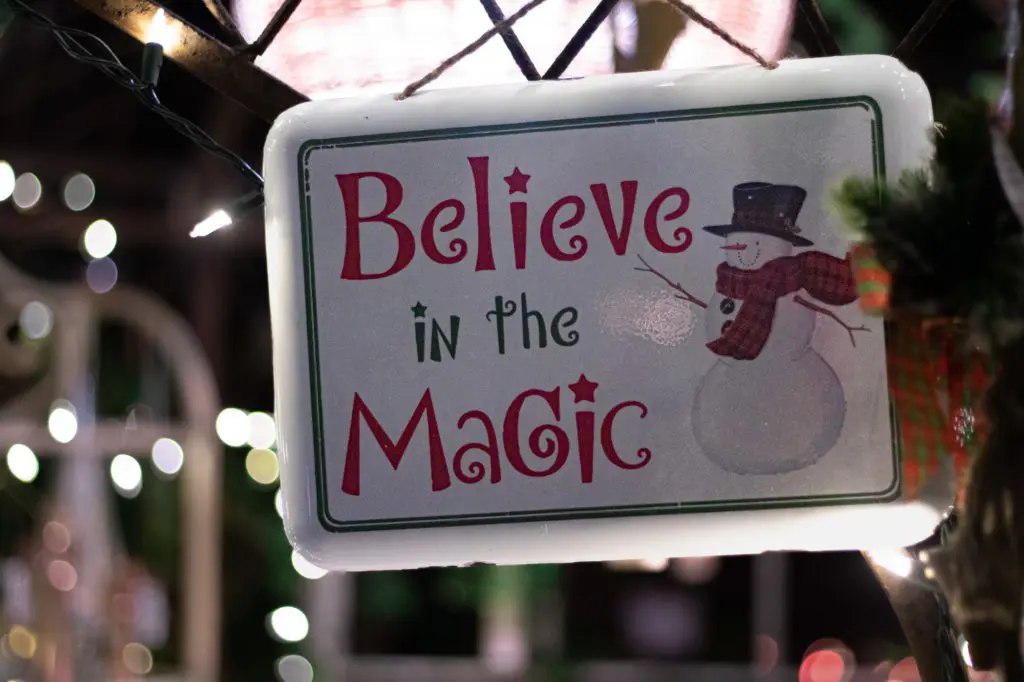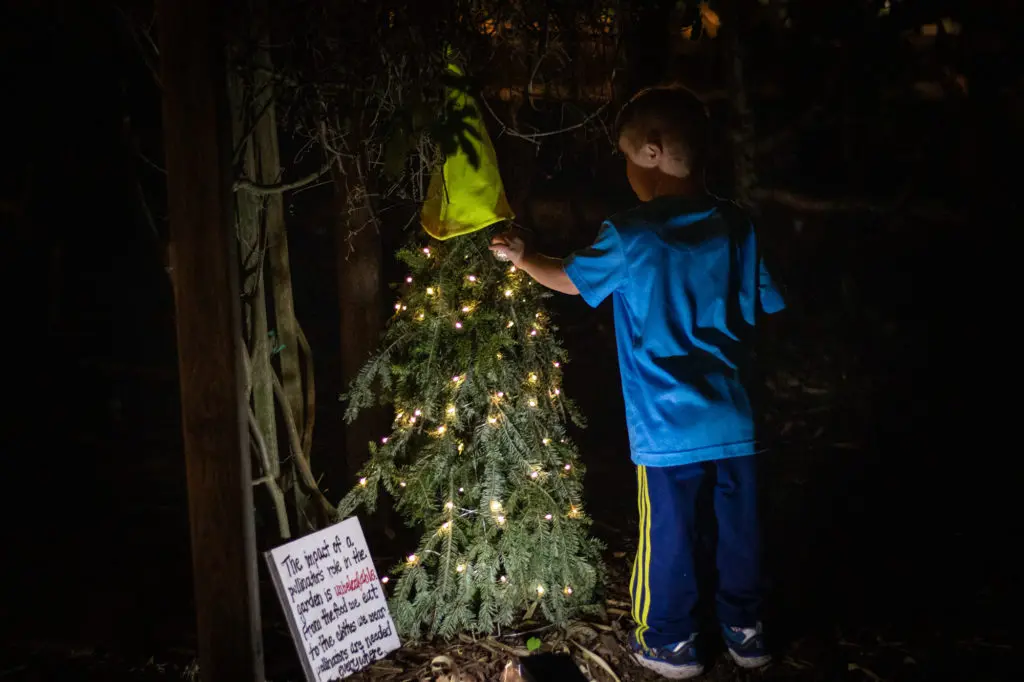by Amanda Rose Newton
Christmas just isn’t “Christmas” without a Christmas tree! For many, the season kicks off by the event of purchasing and decorating a tree or visiting a well-placed decorated tree for photo ops.

Though we all have our own personal connections and traditions reflecting the classic conifer, like many horticulture-based traditions, this one goes way back!
While the American usage can easily be traced to German heritage, the use of evergreen plants in the cold months pre-dates even Christianity!
The Humble Roots of the Christmas Tree
The fact that conifers stay green year-round, especially in the bleakest of times, has made using these trees appealing even prior to their use in Christian holiday celebrations.

Predating these traditions, ancient people used evergreens to decorate their homes as well. Instead of spreading holiday cheer, these adornments were meant to scare off evil spirits and offer protection due to the resonating “power” that gave them the unique ability to stay green all year. This practice was also put into use to celebrate the winter solstice, with evergreens serving as a reminder that winter was on the way out. The Vikings, who took the solstice very seriously, even decorated their ships in evergreens for the occasion!
The Christmas Tree Sprouts
The tradition of using an evergreen tree at Christmastime comes from the Germans who were the first to bring trees into their homes in the 16th century. Martin Luther is credited with starting the fad, lighting candles as sort of an indoor shrine during this time, though documented proof has never been recovered.
Pennsylvania German settlers brought the tradition stateside, often erecting trees in the centers of the small towns they lived in, as well as their homes.
The Tradition that Almost Wasn’t
Nineteenth-Century Americans were not originally on board with the whole idea of Christmas trees. In fact, most believed they were some sort of pagan symbol and it was frowned upon to have one inside.
One must remember that Puritans in early America took everything super seriously, and the Christmas holiday was like the super bowl of serious holidays. Anything outside of simple worship was a no-go!
In fact, in Massachusetts there was a law in 1659 that forbade anyone from doing anything to celebrate Christmas outside of going to regular church service. Unfortunately, this included having a Christmas tree as well as other classic customs like caroling and card giving.
Leave it to Queen V (Victoria to those not in the know) to change the course of history! In the late 1800s, she made the Christmas tree in vogue when her family was depicted in a portrait with one. Once published, everyone had to have a Christmas tree, including Americans!
Ornaments were imported from Germany and fashion-forward Americans bought them up quickly. Always wanting to outshine England, Americans scoffed at the modest-sized trees generally used and adopted the preference for floor-to-ceiling models. As they say, the rest is history.
Adornments For All
Ornaments have an equally interesting history, with fashion dictating what was trendy in different years. Surprisingly, expensive ornaments have never been as popular as homemade and there has always been a place for edible adornments such as popcorn and candy.
Electricity made Christmas lights possible and they were developed the very same year. In the 1940s, everyone was made to feel like they had access to Christmas trees thanks to the giant display in Rockefeller Square in New York City.

Today, you can find smaller-scale versions in just about any town, making it ideal for family photos and serves as a reminder of this special time of year. No matter what or how you celebrate, the Christmas tree has come to represent more than just the holiday, itself.

The evergreen reminds us of our own ability to persevere and endure whatever life throws at us. In their own way, Christmas trees offer you encouragement and reminders of all the good that is to come in the new year.


